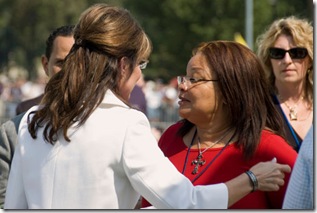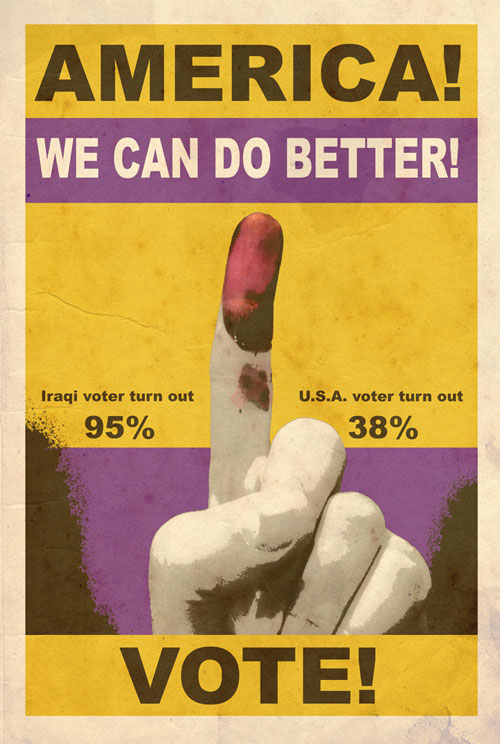
![]()
Remembering Frankie - Saying goodbye to a man I never knew~
By: James S. Robbins
Back in college I picked up a used LP entitled A Year in a New Kind of War. It was a 1966 release from ABC records, an album made from an episode of the television news magazine Scope. The topic of the program was the first year of America’s expanded involvement in Vietnam.
One of the noteworthy segments was an interview between ABC reporter Howard K. Smith and his son, Frank Smith, a soldier in the 1st Air Cavalry Division. Howard had come to Vietnam for the interview, but the circumstances were not what he expected. He found his son at a dressing station being prepared for evacuation to treat severe wounds he had received in the Battle of the Ia Drang Valley.
Frank’s platoon had been overrun by North Vietnamese regulars, and most of his fellow soldiers killed. He survived by pretending to be dead himself, and spent a horrifying night laying on top of the bodies of his comrades, being used as a sandbag for an enemy machine-gun emplacement. “Sandbag” Smith, as he was later known, was eventually rescued, and medevaced back to base with little hope he would survive. Nevertheless he gave a lucid interview to his father, who for his part was coolly professional despite the agony he must have felt seeing his son in that condition. Frank described in detail the engagement, the chaos (“guys with their guts hanging out…everybody was screaming”), and the aftermath. “They were killing the wounded,” he said. “We could hear them—when they found an American who was wounded they would kick him over on his stomach and they would shoot him.” Frank was awarded the Bronze Star for heroism in the engagement, and went on to become an Emmy-winning correspondent. He is buried in Arlington National Cemetery.
Towards the end of the program we meet Frank Sanchez, father of Specialist 4 Frankie Sanchez, who was killed in a firefight February 23, 1966. Frank reads the telegram he was sent informing him of his son’s death. His voice grows tremulous as he reads the words—“has asked me to express his deepest—I guess—regrets that your son Specialist Frankie Sanchez”—he chokes—“died in Vietnam”—he stifles a sob—“as the result of hostile action.” It is a moving segment, and one can sense Frank’s anguish. A new kind of war, but some things remain constant.
Shortly after finding the record I was in Washington visiting family and took the opportunity to make my first trip to the Vietnam Veteran’s Memorial. It was and remains a moving experience. An extraordinary silence encloses you as you descend next to the rising black granite panels. There is a stillness, a deep sense of reverence in the place. One can see it on the faces of a visitors, and in the Wall itself. The simple lines of the black panels, grey cobblestones, and sidewalk interrupted by the intermittent offerings of flowers, flags, notes, and mementoes. One can hardly recall the original hostility to the monument, the “slit trench of shame” as some called it. I suspect no one who has actually stood there could ever think such thoughts.
I did not know anyone who died in Vietnam, but I remembered the name Frankie Sanchez, so I looked him up in one of the glass-encased guidebooks. He was born June 12, 1937, in Dodge City, Kansas. He was 28 when he died. He had been in the service ten years, and this was his first tour in Nam. His name was located on panel 05E line 68. I found him, with some looking—the names have a tendency to blend. But when I spotted his name, a thrill ran through me, of recognition, affirmation, and inexplicable loss. The name was at arm level—I reached out and touched it, running my fingers over the letters lightly carved in cool, shiny granite. I never knew Frankie, but I could hear his father’s pain in a decades-old recording, and the connection between that voice and the rough letters beneath my fingers awakened a deep sense of empathy. I knew he had family members to mourn him, those who knew and loved him. That was not my place. But I wondered if they had ever stood on that spot, if they had ever had a chance to visit him there, to see him among his comrades, listed with the 31 others who died that same day. I thought, well, maybe they have, or maybe not. Nevertheless, I was there, and there for him, and that was something. As Oliver Wendell Holmes wrote of his eventual interment at Arlington, “perhaps some people will come in to say goodbye.”
I visited Frankie numerous times over the years, whenever I was in Washington and went to the Wall, or after I moved here, frequently acting as tour guide for visiting friends. Frankie connected me to the place in a way I otherwise would not have been—not as strongly as the friends and loved ones of the fallen, nor surely so powerfully as the veterans whom one can see there on any given day, distinguishable by the contrast between their set jaws and a certain softness around the eyes.
Recently I sought to learn more about Frankie, and with the assistance of the VFW I made telephone contact with his Uncle Isaac. Unfortunately, his father Frank Sanchez had passed away, but the similarity between the brother’s voices, in timbre and accent, was remarkable—it was as though I was having a conversation with that 40-year-old recording.
I learned that Frankie came from a family that had well served this country. His father was one of six brothers. Alvin, the oldest, was an Army infantryman who had served in the Mediterranean Theater in World War II. Rudy served as a corpsman in the South Pacific and was severely wounded. Gavino landed at Normandy. Louis was sent home from the service for being color blind, so instead he became mayor of Dodge City. Isaac, who was younger, fought with the Army in Korea. And Frank Sanchez, who worked on the railroad, was deemed an essential war worker and not allowed to get in the fight.
“Frankie was a really great guy,” Isaac said. But he was short in February 1966—that is, he did not have much time left on his tour. In fact Frankie was very short. He was down to a day, and anyone knows that is bad luck. Back then the Defense Department used taxis to deliver the news to families, and Isaac was in the cab business. The cabbie who got the thankless task asked Isaac for help, so they went together to find his brother Frank, who was expecting Frankie home soon. It was the same telegram he read on Scope.
Frankie’s wife lived in Georgia with their son, also named Frankie, and she wanted him buried there. But the coffin passed through Dodge City on the way and the family was able to pay their respects. Since then they had not in fact been to Washington to visit the Wall—but back in 1990 while in Colorado Springs for the VFW Isaac saw the Moving Wall, the half-scale replica of the memorial that tours the country. It stopped in Dodge City in June 2002, and the rest of the family was able to see Frankie’s name.
So now you know what I know about Spec 4 Frankie Sanchez. He is one of the more than 58,000 men and women who died in Vietnam, and whose names are carved in stone on the national mall. I never knew Frankie, but I will never forget him.
— James S. Robbins is senior fellow in national-security affairs at the American Foreign Policy Council, a trustee for the Leaders for Liberty Foundation, and author of Last in Their Class: Custer, Picket and the Goats of West Point. Robbins is also an NRO contributor.
Posted: Knowledge Creates Power




















No comments:
Post a Comment